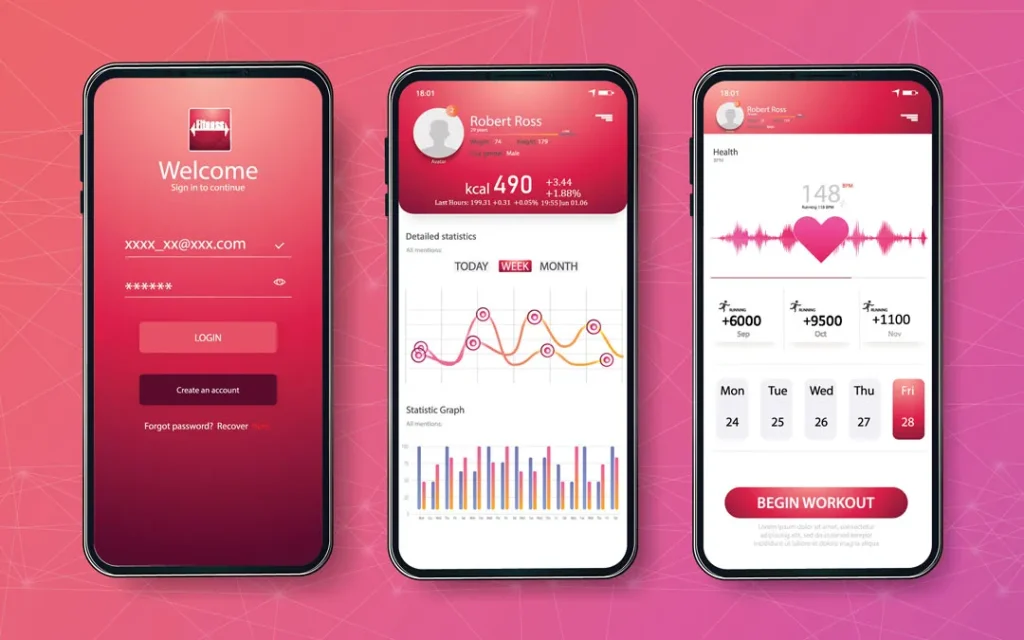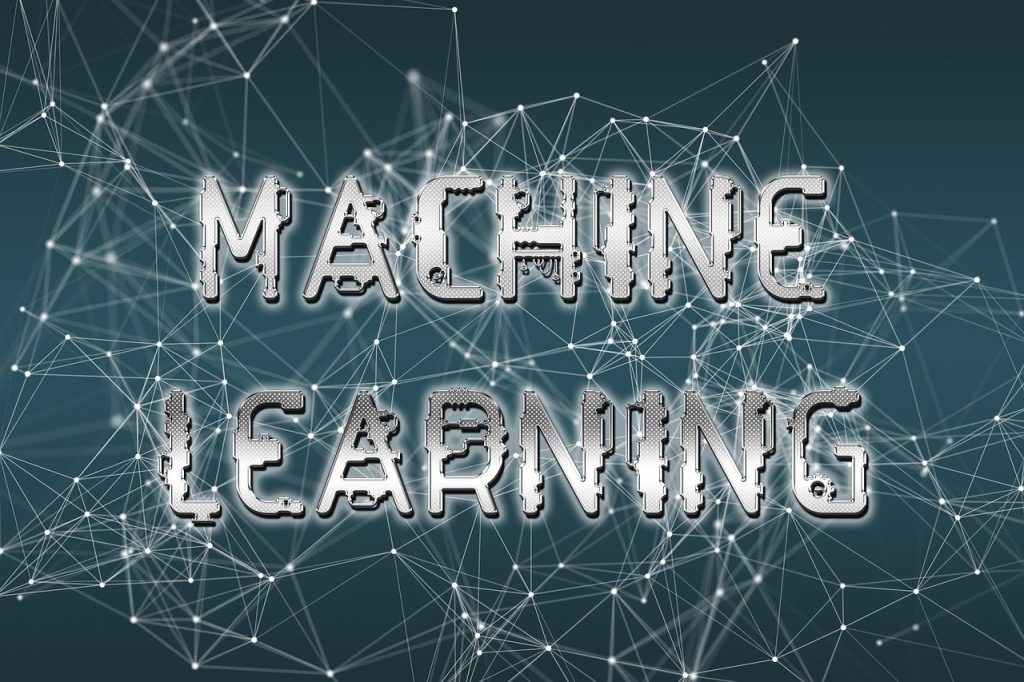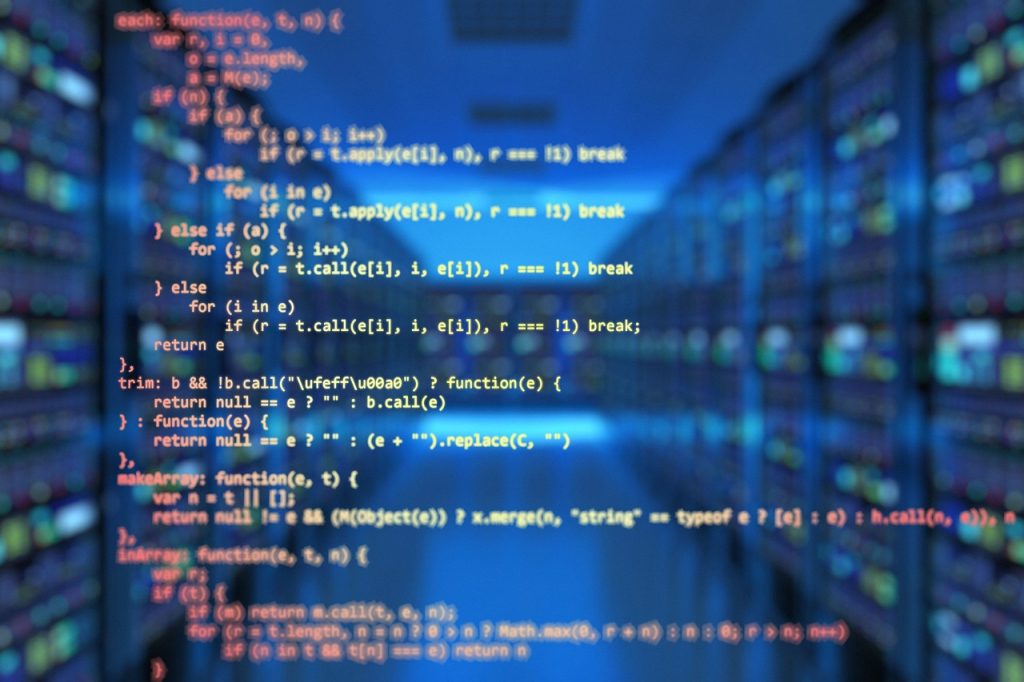
An app prototype is an early version of your mobile or web application that shows how it will look and function before full development begins. In nontechnical terms, it is like a demo model with which you can click through and see all the design layouts, test the flow, and even gather feedback from users or stakeholders. 8
Unlike those finished apps, these prototypes might not have the real backend functionality(like login or payment) as the main focus is on User Interface (UI): how your app looks, User Experience (UX): how users move through it
How about we take you to all the required information about the app prototype to help you build smarter, faster, and with confidence?
Why App Prototyping Matters
Before you find out all about app prototyping, why is it one of the most important parts of bringing your idea to life as a successful product?
1. It Helps You Show Your Idea Clearly
When you have an app idea, it can be difficult to explain precisely how it should look and work using just words or sketches. A prototype creates a visual and interactive model of your app that brings your idea to life.
While it is not the final product, a prototype shows the app’s layout, design, and flow. It helps anyone involved, such as designers, developers, clients, and stakeholders, understand the core concept clearly.
2. You Can Find Problems Early
One of the main benefits of a prototype is that it allows you to test your app before investing in full development. You can ask users to try out the prototype and give feedback on the design and navigation.
The process decodes all the usability issues, like confusing layouts or unclear buttons, that you might not have noticed on your own. Fixing these problems at the prototype stage is much faster and cheaper than making changes after the app is built.
3. It Makes Teamwork Easier
You can build an app, as it usually requires a team of people, like developers, designers, project managers, and business stakeholders. A prototype is a shared reference point that helps everyone stay on the same page. It decreases confusion by showing exactly how the app is expected to look and function.
In this way, it will be much easier to share ideas, give feedback, and make quick decisions. With a clear visual guide, teams can collaborate more effectively, stay organized, and reduce miscommunication throughout the development process.
4. It Saves Time and Money
App development is a time-intensive and costly process. When it comes to changes, the time increases even after the coding begins.
A prototype helps reduce that risk. You test and refine your app in the early stages, you can avoid unnecessary features, prevent delays, and focus on what truly matters to your users. Although creating a prototype requires some upfront effort, it ultimately saves time by streamlining the development workflow.
Types of App Prototypes
So, app prototyping is quite important. But do you know that there are different prototypes, and each one is not safe? Depending on your goals and how far along you are in the design process, you can choose from varying levels of prototypes. Below are the three main types:
Low-Fidelity Prototypes
These are among the simplest forms of prototypes, as they look like hand-drawn sketches or basic drawings made on paper with simple tools. There are not many details, but they help you quickly map out the structure and layout of your app.
Why Use Them:
They’re ideal in the early planning stages when you want to quickly explore ideas, map out screen layouts, and share your vision with a team. While they’re not visually impressive, they’re fast and cost-effective for brainstorming and gathering initial feedback.
Medium-Fidelity Prototypes
Now comes the detailed prototypes created by using design software. They include some basic visuals with colors, buttons and layouts with simple interactions like clicking through screens.
Why Use Them:
Useful for getting feedback on layout and flow. For example, a startup might use a medium-fidelity prototype to show investors or test how users move from one screen to another, without building the full app yet.
High-Fidelity Prototypes
Entering the very detailed and almost final app version. These include polished design elements, animation and interactive features. You can click, swipe, or scroll through what happens in a real app, though it still doesn’t have a working backend.
Why Use Them:
Ideal for final testing or pitching to investors. For instance, a business could use a high-fidelity prototype to run user tests or show exactly how the app will work and look before moving into full development.
Steps to Create an Effective App Prototype
Now, techy people would like to know how to create these effective app prototypes in detail. So we have allocated very easy steps in simple points.
Define Features and User Goals
Start by identifying the core features your app will offer. Focus on what problems it will solve and what users should be able to do. Clear goals help keep your prototype focused and relevant.
Conduct Market and Competitor Research
Study existing apps in your niche to understand what works and what doesn’t. Analyze user reviews, feature sets, and design patterns to find gaps or areas for improvement.
Design the UI/UX (Using Wireframes or Mockups)
Sketch out the layout of your app using low- or medium-fidelity wireframes. Focus on the structure, user flow, and basic visual hierarchy. This step helps define how users will interact with your app.
Build the Prototype Using Prototyping Tools
Use tools like Figma, Adobe XD, or Sketch to create an interactive version of your design. Add clickable elements and transitions to simulate how the app works, even without real backend functionality.
Test with Real Users and Gather Feedback
Share the prototype with target users or stakeholders and observe how they interact with it. Note any confusion, errors, or unexpected behavior to improve usability.
Iterate and Improve Based on Feedback
Based on testing results, make necessary changes to the prototype. This step may involve several rounds of updates to refine the design before moving to full development.
Get the Prototype Ready and Prepare for Handoff
Once feedback has been addressed, finalize your design. Ensure all screens, interactions, and notes are clear for the development team. This step ensures a smooth transition from design to coding.
Top App Prototyping Tools in 2024
Coming to the plans, our teams have a list of the best tools to use for the app prototype.
- Figma
- Adobe XD
- Sketch
- InVision
- Proto.io
- Axure RP
- Marvel App
Common mistakes to avoid in app prototyping
- Failing to gather input from real users can result in poor usability and missed improvement opportunities.
- Spending too much time on visuals early on can delay validation and waste resources.
- Starting with complex, high-fidelity designs too soon can lead to rework and misalignment.
- Designing features without considering technical or project constraints can cause costly delays later.
Final Wrap Up
Creating an app prototype is a smart way to test your app idea before building it entirely. It helps you see how your app will look and work, find problems early, and save time and money. A prototype lets you show your team, investors, and users what your app will be like without needing real code. At this stage, focus on how the app looks and feels. Choose the right type of prototype for your stage of development. Test it with real users and keep improving based on their feedback. Don’t rush or skip steps, and you’ll be on track to building a successful app.
Also Read: MVP Vs. Prototype




 Before data can be analyzed, it must first be gathered. This can involve collecting data from multiple sources such as databases, APIs, sensors, or even web scraping. Once collected, the data is rarely in a usable form, so it must be cleaned and pre-processed. This stage includes handling missing values, removing duplicates, and normalizing data for consistency.
Before data can be analyzed, it must first be gathered. This can involve collecting data from multiple sources such as databases, APIs, sensors, or even web scraping. Once collected, the data is rarely in a usable form, so it must be cleaned and pre-processed. This stage includes handling missing values, removing duplicates, and normalizing data for consistency.
